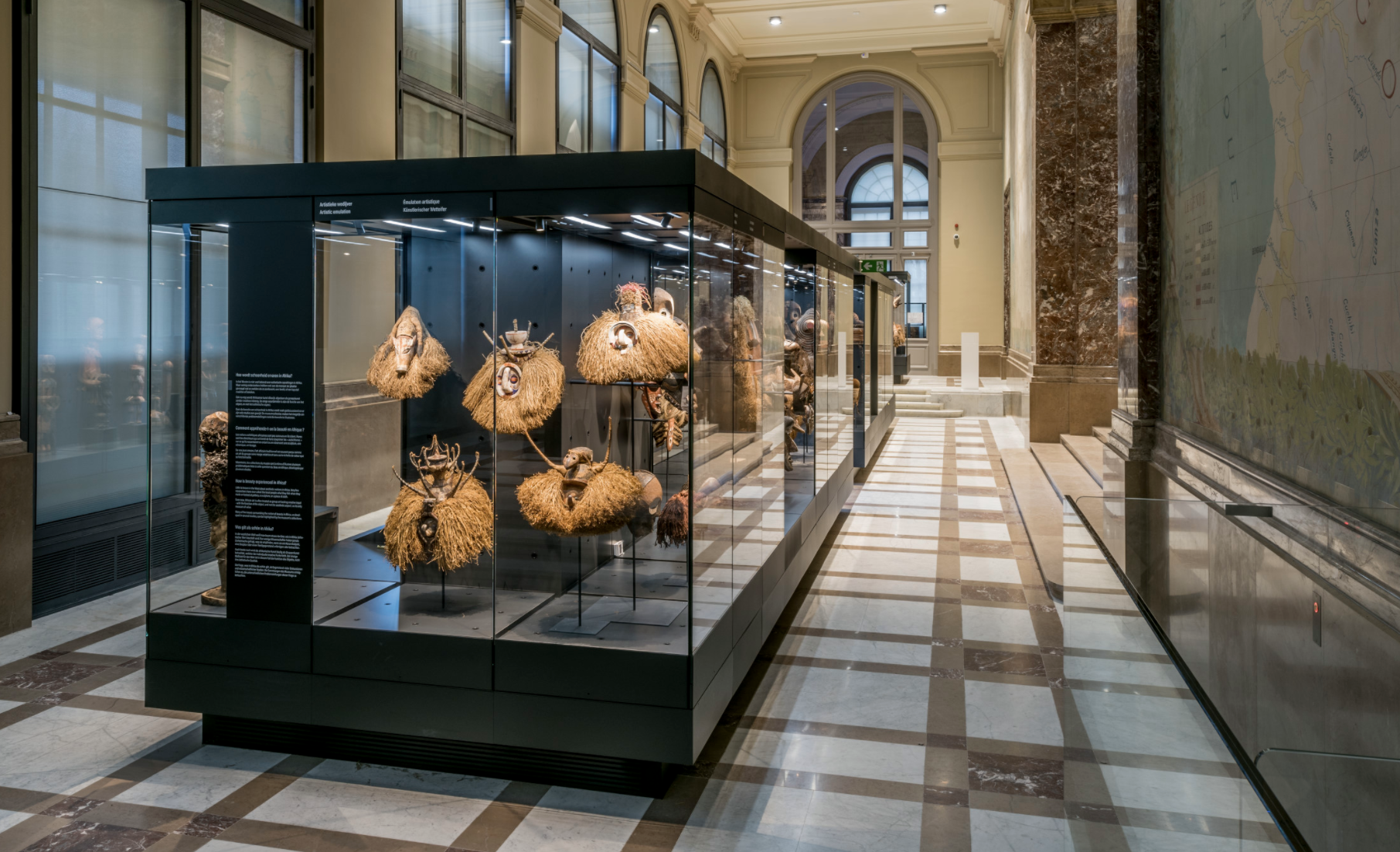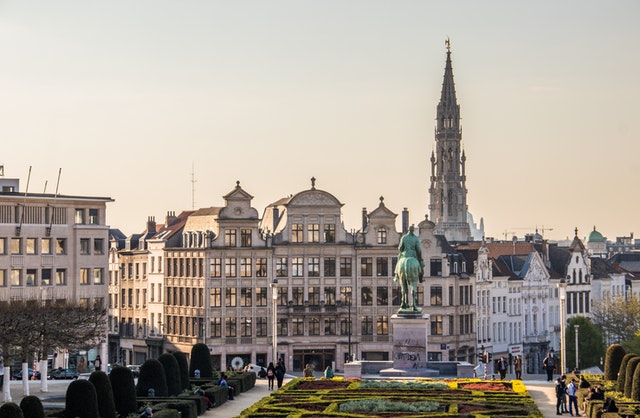With few controls regulating the market, Belgium has become a hotspot for all kinds of trafficking in stolen and counterfeit antiques. Now, the Brussels Public Prosecutor's Office is promising changes.
L’Echo reports that in the world of antiques, the word has been passed around for years: if the provenance of a piece is unclear, it is best to turn to Belgium to obtain an export licence, as controls there are almost non-existent.
Belgium is obliged to control the import and export of antiques from countries whose heritage is shamelessly plundered after committing itself to doing so through the ratification of a UNESCO convention in 2009.
But since then, Belgium has failed to honour its promise.
Very few interceptions of ‘cultural goods’
The Spokesperson for the Brussels Public Prosecutor's Office, Sarah Durant, confirmed the lack of control over export licences.
“As a trafficker uses this export licence to demonstrate the legal origin of a work, the industry probably finds it easier to launder art objects in Belgium than in other countries,” Durant said.
Customs intercepts very few 'cultural goods' and the vast majority of financial flows surrounding smuggling of antiques also goes under the radar.
The anti-money laundering unit was a little more attentive in 2017 and 2018 due to fear of the Islamic State financing itself by selling cultural goods from Syria and Iraq.
But today, after the dismantling of the ART investigation cell within the federal police, only one investigator and one assistant remain to coordinate the fight against this type of crime.
For years, this investigator was the only contact person for his foreign colleagues.
Cases rarely lead to convictions
“We know that the art and antiques scene has taken advantage of this lack of resources,” Durant said.
“To our knowledge, no case has led to the conviction of an antiquities dealer. Pieces stolen from museums and archaeological sites are therefore traded in our country.”
According to the Brussels Public Prosecutor's Office, this mainly concerns objects from Egypt and Italy, for which some auctioneers help antique dealers to legitimise pieces of suspect origin and increase their value.

Photo from Afrikamuseum. For illustrative purposes only.
According to the government agency, Federal Public Service (FPS) Economy, 80 to 90% of the archaeological objects sold in Belgium are fake.
In Jette, a man created new “ancient” objects in his basement, even managing to bypass carbon 14 dating, a method of determining age, and made around €3.5 million a year.
“Victims pay hundreds of thousands of euros for a rare and authentic object that is a recent work or a reproduction.No one is safe from this kind of scam,” said Sarah Durant.
Carte blanche for antiques dealers
The Belgian antiques sector has more than 1,500 companies of various sizes, but business isn't always carried out 'by the book'. Declarations of origin are often vague, with unclear references to 'Belgian private collections'.
Belgium's lax attitude has led other countries like Italy to express dissatisfaction. Egypt did so as well during a meeting with Foreign Minister Sophie Wilmès (MR).
The Brussels Public Prosecutor's Office has promised improvements, and the FPS Economy has been “subjecting the sector to a proper control” since 2020.
Related News
- Belgium and Congo come to agreement to return looted art
- Belgium confirms promise to return looted object during Congo visit
Anyone trading in art and antiques must report suspicious transactions above €10,000 to the anti-money laundering unit of suspicious transactions and over the past three years, a risk analysis by the Economic Inspectorate has led to investigations and actions.
Some 20 criminal investigations of art dealers are underway; however, outside Brussels, hardly any criminal cases are under investigation.
“For 50 years, antique dealers have done what they wanted,” said retired investigator Lucas Verhaegen.
“This is 'soft crime' - the damage is not immediately visible. In Belgium, it is better to steal art than a packet of crisps. The penalty is the same, but art is much more profitable.”

